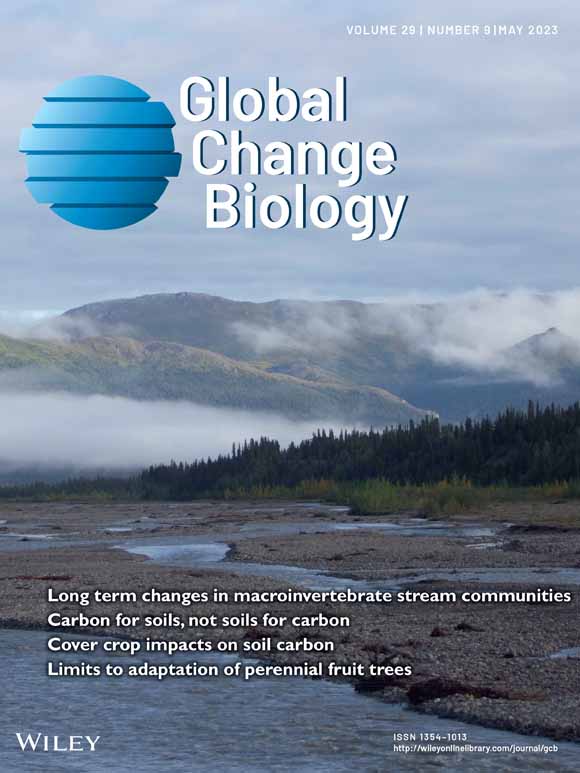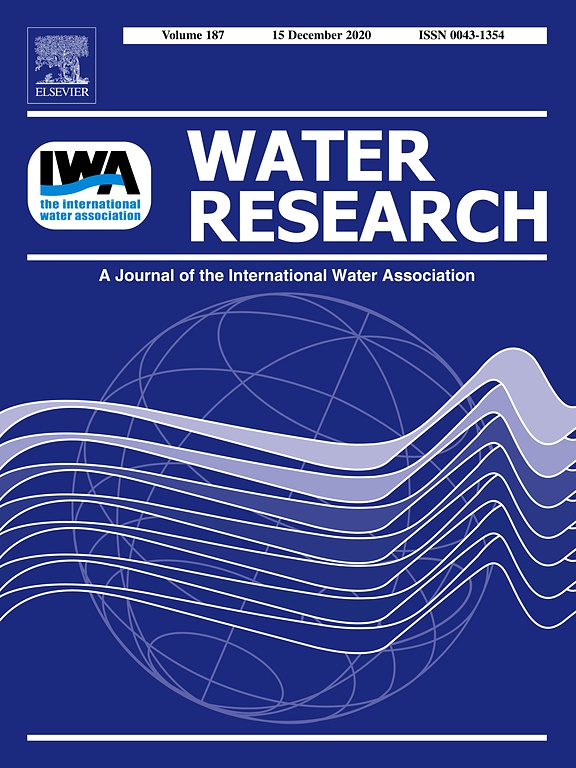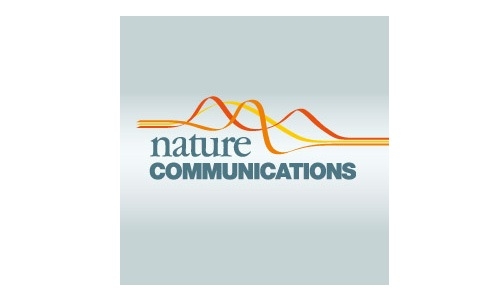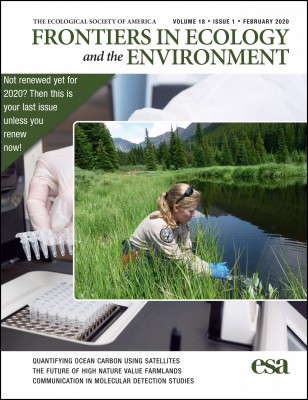- Topic:Biodiversity
Epilimnetic oligotrophication increases contribution of oxic methane production to atmospheric methane flux from stratified lakes
Hydropower impacts on riverine biodiversity
The authors discuss the impacts of hydropower on aquatic and semi-aquatic species and how the impacts accumulate spatially and temporally across basins. They recommend the STREAM framework: Systematic planning, Tracking hydropower impacts, Responsive adaptive management strategies, Elimination of hydropower infrastructure, Assessment of socioecological trade-offs, and Multi-actor decision-making.
Freshwater megafauna shape ecosystems and facilitate restoration
This is a review, synthesizing how megafauna shape ecological processes in freshwater ecosystems and discussing their potential for enhancing ecosystem restoration. Restoring freshwater megafauna can revive essential ecological processes like disturbances, trophic cascades, and species dispersal, boosting biodiversity and enhancing nature's contributions to people.

Reintroduced, but not accepted: Stakeholder perceptions of beavers in Germany
The authors conducted a scientific online survey among representatives of the general public, forestry and agriculture to find out their opinions on beavers in Germany. The majority of the general public have a positive view of beavers, while the agricultural and forestry sectors have a much more negative view. There are also regional differences.
A candidate sex determination locus in amphibians which evolved by structural variation between X- and Y-chromosomes
The authors have identified a gene locus responsible for sex determination in the European green toad. This reveals only the second known genetic mechanism for sex differentiation in amphibians.

Inland navigation and land use interact to impact European freshwater biodiversity
Using a comprehensive set of long-term data, the authors show that shipping has contributed to a significant loss of biodiversity of fish and macroinvertebrates in European rivers in recent decades – and that the animal communities are becoming increasingly homogeneous and river-typical species are being lost. Invasive species, on the other hand, are significantly increasing.

The potential of citizen science to transform science: Lessons for a sustainable future
The authors analysed 8 citizen science projects within Accelerator Programme of the EU H2020 funded ACTION project that deal with environmental pollution. Citizen science involves the public in the scientific process, making research more relevant and responsive. Our findings show that this can lead to a more sustainable future, where science and society work together to solve pressing problems.
A scenario-guided strategy for the future management of biological invasions
The study used a scenario-based approach to explore management options for invasive species in Europe. During two workshops involving a multidisciplinary team of experts, a management strategy arranged into 19 goals relating to policy, research, public awareness, and biosecurity was developed considering different future scenarios of biological invasions.

Global introductions and environmental impacts of freshwater megafish
The authors investigated the introductions of freshwater megafish on a global scale and assessed their environmental impacts. Of the 134 extant freshwater megafish species, 46% have been introduced to new environments, and of these, 69% have established self-sustaining alien populations and posed negative impacts on native species through nine different mechanisms.







